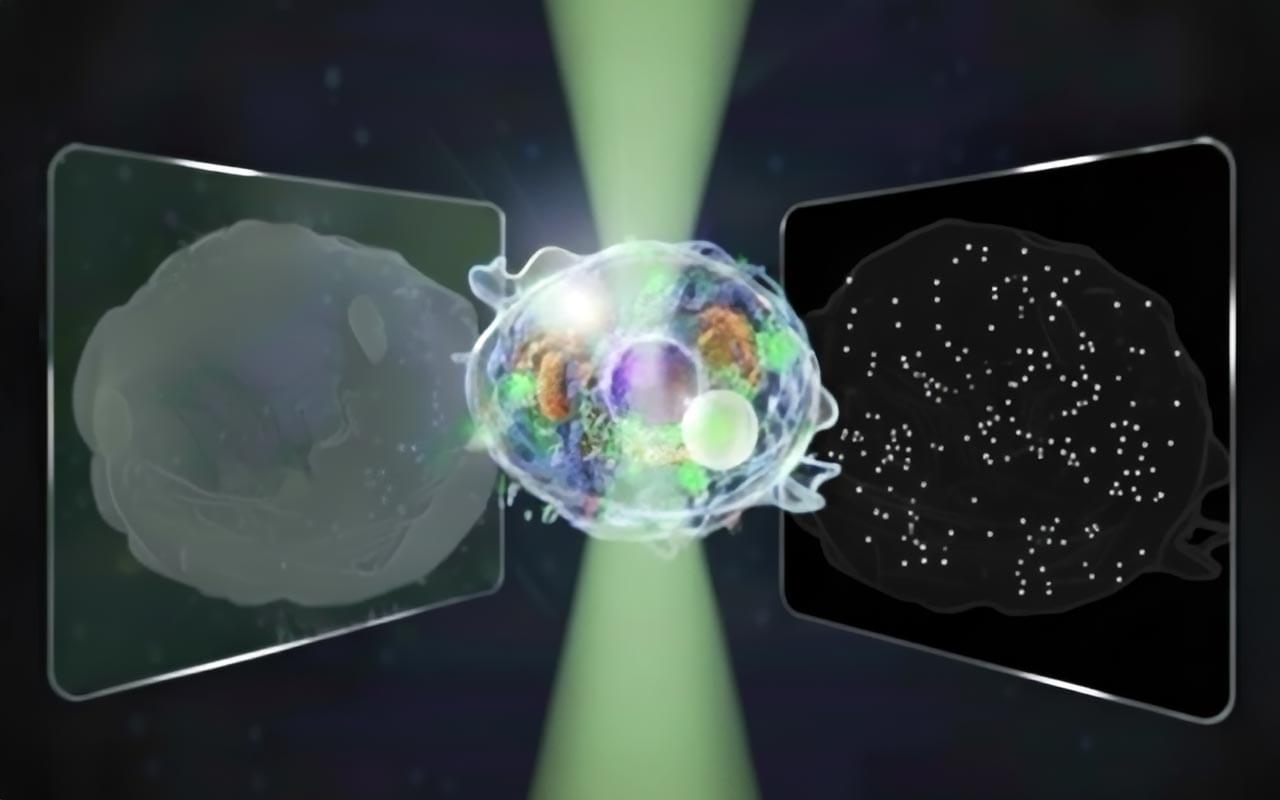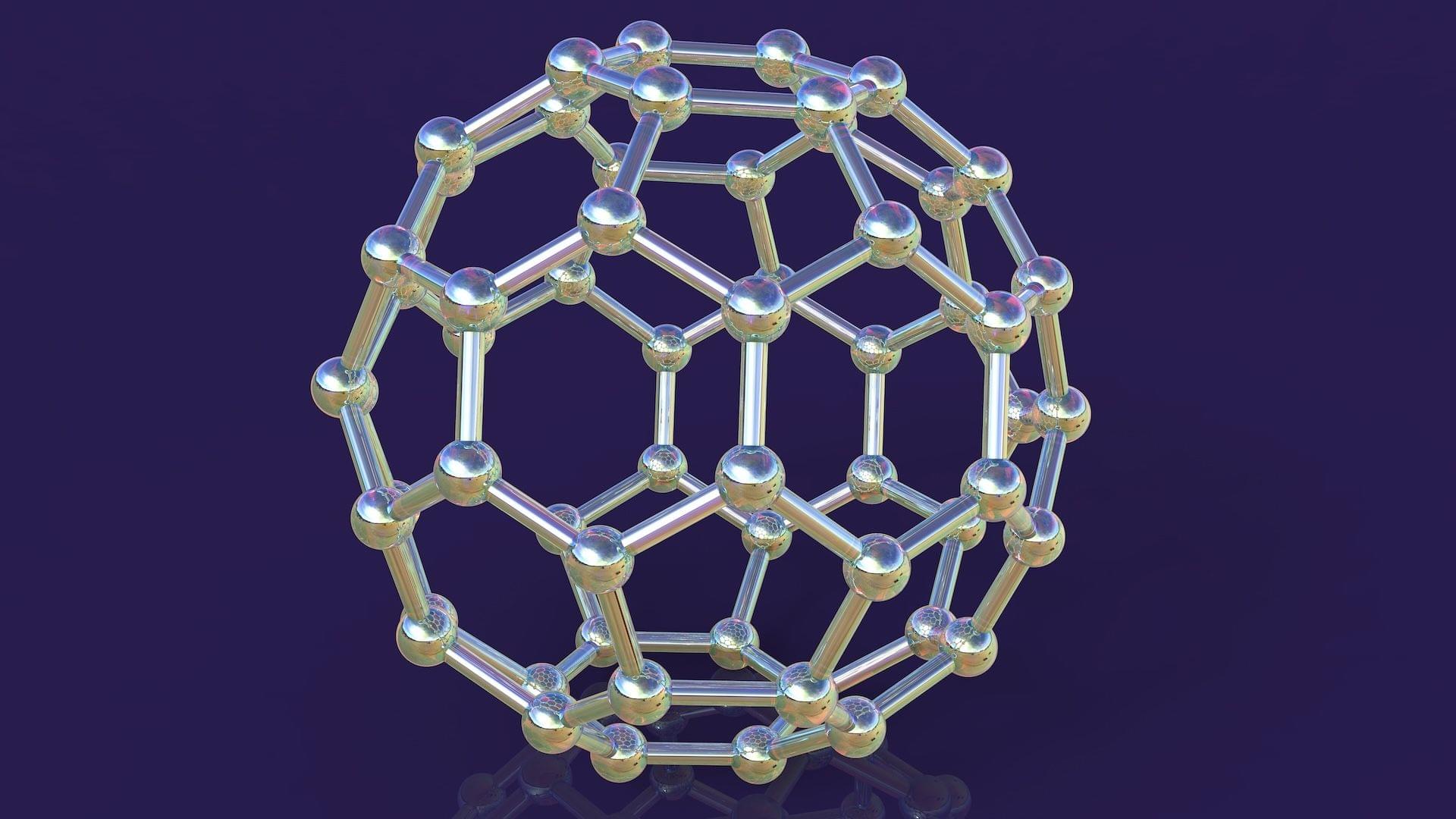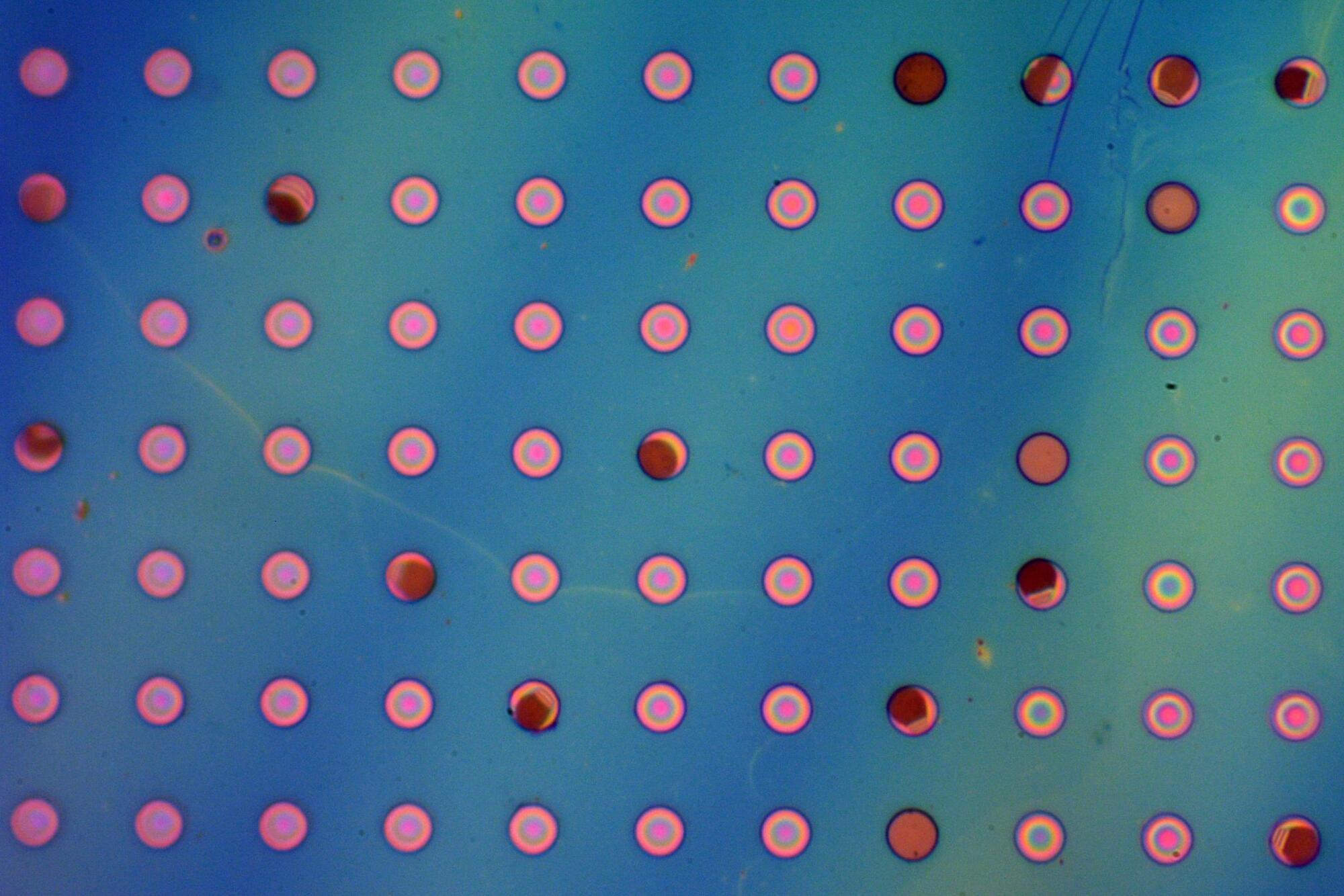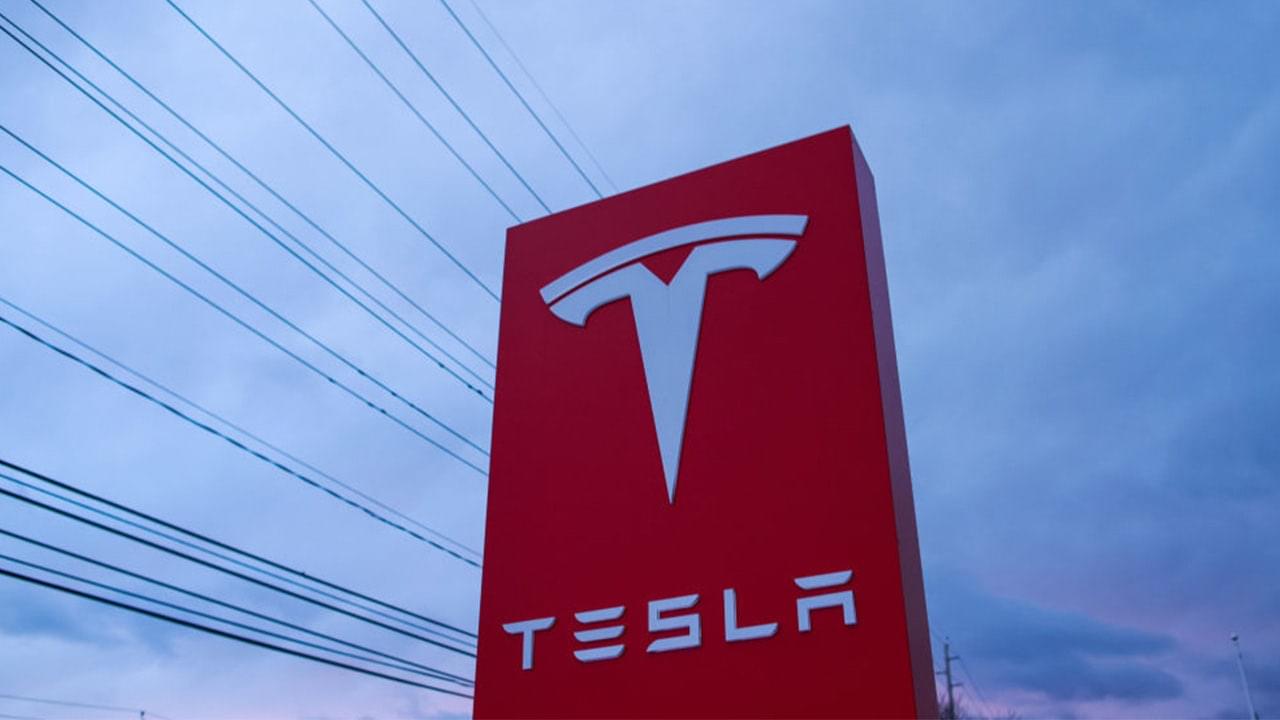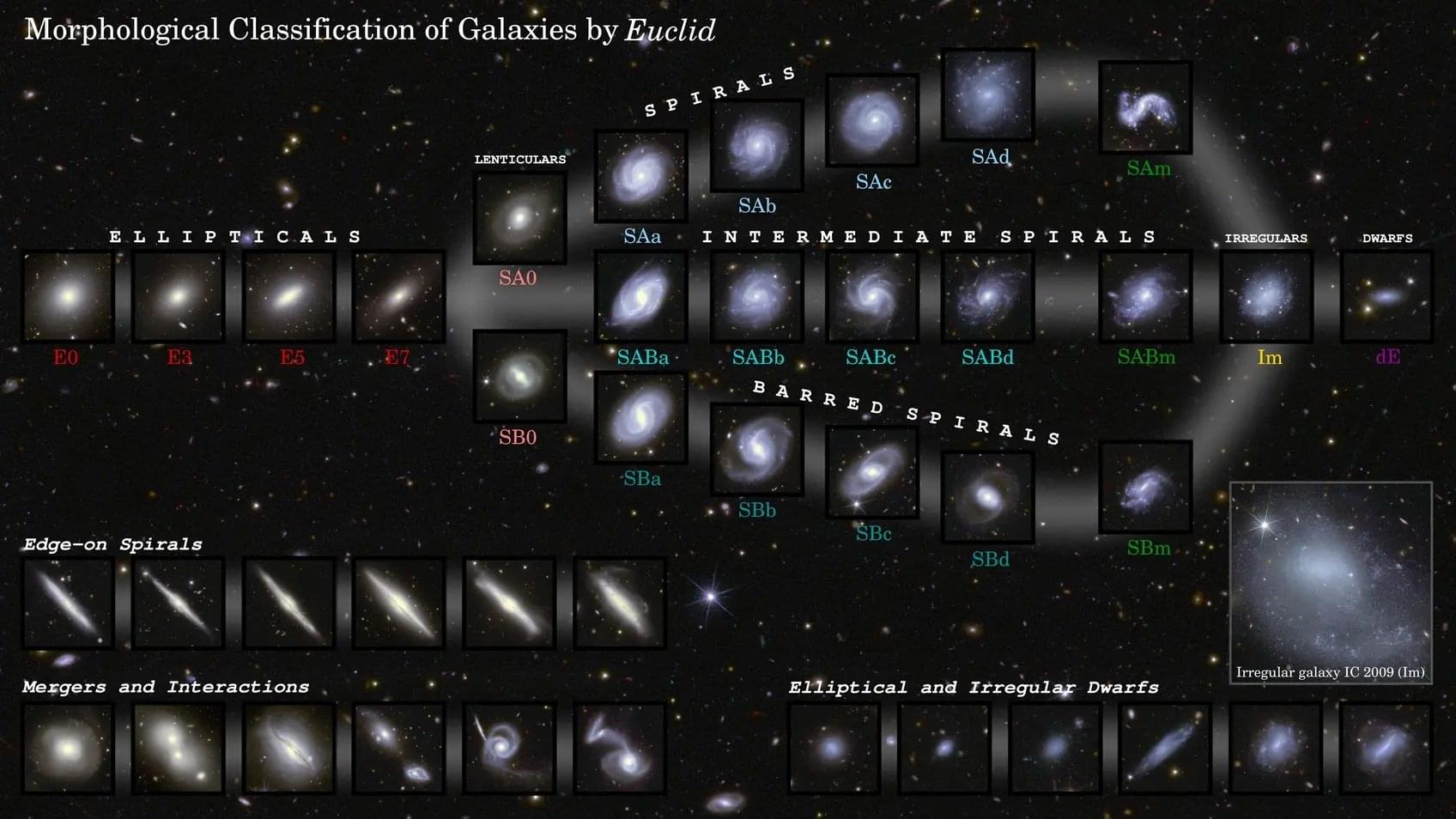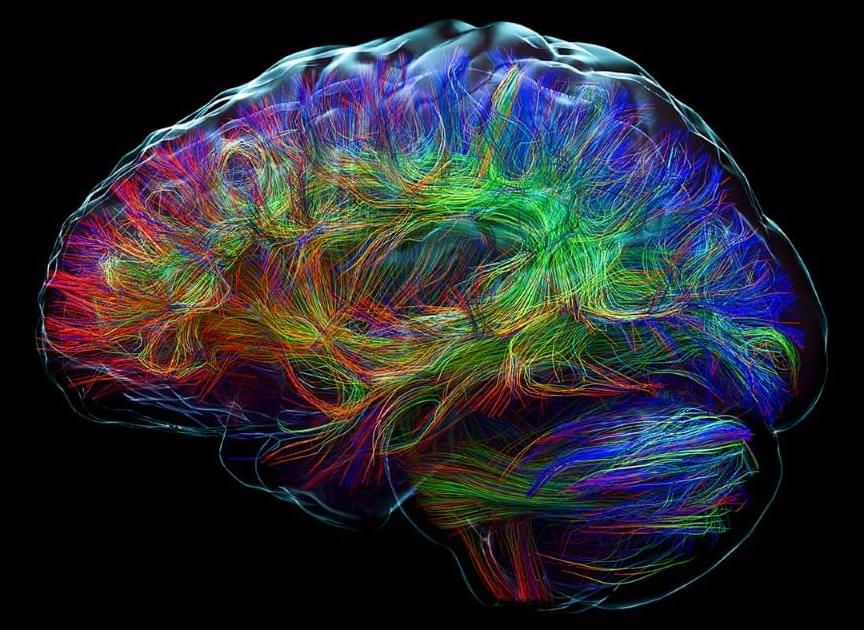Biology needs the same kind of substrate. Without it, we are still guessing. With it, discovery starts to look predictable by design.
Drug development still leans on animal models and small patient cohorts to make billion-dollar bets. Those proxies teach us something, but they do not teach how a molecule behaves across the complexity of human biology. That is why nine out of ten drugs that succeed in animals fail in human clinical trials.
Biology needs an environment that gives intelligence the same systematic feedback that data centers gave to computation. That is what biological data centers provide. Robotic systems that sustain tens of thousands of standardized human tissues at once. Tissues that are vascularized and immune competent, clinically indistinguishable from patient biopsies under blinded review. Tissues that can be dosed, that bleed, that heal.

